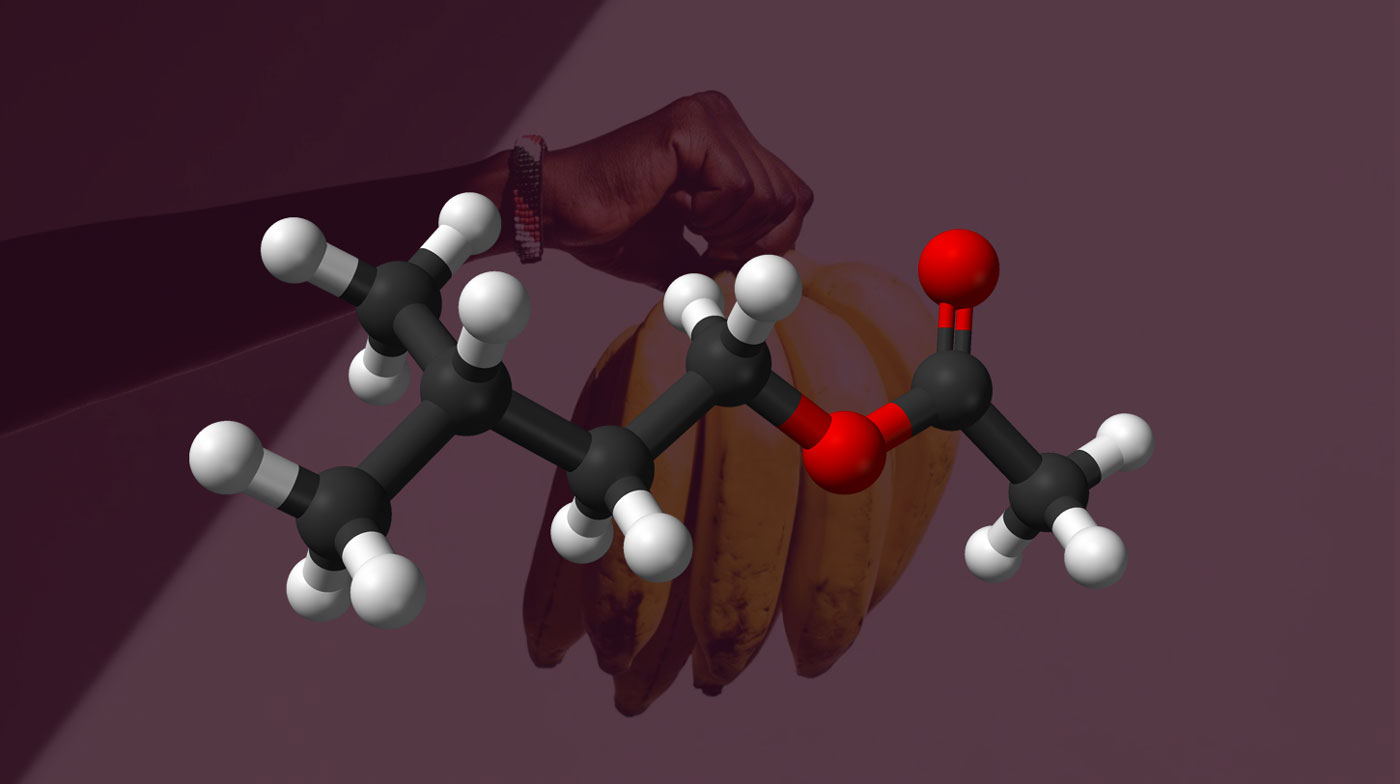

The tasty, colorful and analytical story of wine
If you have ever had a glass of wine, you’ve experienced the complex chemistry at play as it dances across your nose and palette. Whether you realize it or not, your expectation for different wine to taste distinct is rooted in their chemistry. Whether you smile with pleasure or recoil in disgust depends as much on the chemistry in the glass as your own preferences. Producing consistently high-quality wine is an art, but it is increasingly guided by science. Figuring out what is good about wine takes understanding the chemistry behind it and how that interacts with your senses; let me explain:
Defining wine quality holistically is difficult, but experienced wine connoisseurs perceive it with every sip and spit. A key component of overall wine quality often discussed is balance and, to some degree, intention. Balance refers to when all the components work in harmony, and no single component overpowers the others. What those specific components are, largely depends on the type of wine and the intended final product, but generally fruit and sugar balance out acids and tannins.When vinologist talk about wine quality, it is typically a shorthand for the concentration of compounds that contribute to the overall experience. The relative amounts of compounds are dictated by both the starting material and the winemaking process, influenced by factors in the field and the cellar. Modern vineyards understand which of these compounds contribute to a wine’s appearance, mouthfeel, aroma, and flavor, allowing for course correction in the fermentation and processing of wine depending on what the winemaker wants a wine to taste like.


Color- what makes red wine red?
Anthocyanins — a class of water-soluble pigments — are responsible for the red and purple colors of red wine. Many think phenolics — a larger class of compounds that contain any aromatic hydrocarbon bonded to a hydroxyl group — contribute to the yellow color in white wines. A younger, less oxidized, less heat-exposed red wine is likely to contain notes of purple and violet, as the purple and violet anthocyanins are less stable than those we would perceive as red. Similarly, the process of browning is influenced by heat and oxidation of phenolics and other compounds, which can occur in white and red wines. Oxidation refers to the reactions of a wine with oxygen that begins in the vineyard the second the grape is removed from the berry cluster and continues until the wine is no more. Positive notes associated with oxidation include nutty and savory flavors, while solvent and vinegar aromas summarize the less desirable contributions.
Mouthfeel- a dance on your tongue
Mouthfeel or body is the textural emersion you feel when wine is on your tongue. The compounds that influence wine body are acids, sugars, alcohol, phenolics (tannins, anthocyanins, flavonoids, etc.), and carbonation, as well as their relative concentrations. Alcohol is the main factor, as it’s more viscous than water and is typically 10% of the total wine volume. If acids are lacking, a wine can be described as flat, but when present in high amounts, their sharpness needs to be balanced with either viscous sugars or heavy phenolics (primarily tannins). Young wines with vibrant acids balanced out with enough sugar or substantial phenolics (particularly tannins) are age-worthy and might improve with cellaring. This largely stems from their ability to buffer the effects of oxidation on the fruity and floral flavors.
Flavor- aroma and molecular complexity
As with mouthfeel, several classes of compounds contribute to wine aroma and flavor. The major wine aroma compounds are terpenes (which smell floral, fruity, and spicy), esters (ripe fruit, floral), volatile phenols (dried fruit, oak), and methoxypyrazines (green pepper, herbaceous) among others. Many of these compounds also contribute to wine flavor.


Pleasant smells are not the only aromas present in wines, however, some of us know too well what it feels like to crack open a bottle of wine and get punched in the nose with a sharp sniff of sulfur or a barrage of Brett. Hydrogen sulfide presents a foul rotten egg odor, and it’s generally caused by the addition of too much sulfur dioxide, poor yeast nutrition, or a lack of oxygen exposure. Vinegar is the main acid that assails our noses in older or warm, poorly processed wines. Cork taint, caused by 2,4,6-trichloroanisole (TCA), is often described as moldy newspaper or wet dog. TCA is generated when airborne fungi metabolizes chlorophenols introduced into the cork material by pesticides, wood preservatives, or chlorine sterilization.
Storing your bottles so that your corks never dry out will minimize your possible encounters with TCA. In the case of Brett, this fault is caused by 4-ethylphenol, 4-ethylguaiacol, and 4-ethylcatechol, which are associated with characteristics like “medicinal” and “barnyard,” but in the right amounts, these compounds confer savory and smoky aromas. Brettanomyces (or ‘British Fungus’) is the rebel yeast mainly responsible for the controversial sensations. These Brett characteristics may be behind the nuances in some of your favorite Pinot Noir, Bordeaux, or Australian wines.
Despite researchers’ efforts to pin down specific compounds to specific aromas and flavors, combinations of compounds can also generate overall aromas. A team of Australian wine researchers recently determined a combination of monoterpenes, esters, and lactones give rise to the stone-fruit flavor commonly found in Chardonnay and Viognier wines. Individually these compounds are reminiscent of flowers and spice plants (monoterpenes), tropical and citrus fruits (esters), and coconut (lactones), but together add up to something new. Removing even one compound from this mixture loses the stone fruit aroma entirely.
(Ref. Volatile Compounds Related to ‘Stone Fruit’ Aromas)
Open, pair, and enjoy
So next time you are tasting wine and you can’t pick out the flavors they describe on the bottle, don’t fret. You could be insensitive to a compound that helps to generate that flavor, or perhaps the winemaker is very sensitive to it. Or, it could be that something you ate or smelled earlier in the day is inhibiting your ability to sense. In fact, this is a major factor in wine-food pairings. For instance, umami foods decrease your perception of body, sweetness, and fruit, while increasing your sensitivity to bitterness, acidity, and astringency.
Furthermore, when we smell and taste wine, we filter it through our individual experiences, memories, and biases. In a wine course for which I was a teaching assistant, we tasted a few southern Italian wines described as expressing cassis as a dominant aroma. Many of the students were unaware of what cassis tastes like, let alone black currants. For these students, they described a concentrated, almost cooked blackberry character with a tangy note. In this case, everyone was “right” — they definitely smelled what they smelled, after all — but it shows how cultural touchstones affect our perception and may make some tasters “incorrect” in their description in the eyes of others.


Eugene Kovalenko is a scientist, wine science educator, and an aspiring winemaker / viticulturist. Currently, he is pursuing his interests in wine chemistry and communications with aspirations to become involved in wine production in the future. As a young Ukrainian immigrant to Canada, Eugene grew up in southern Ontario unsure of where he fit in, but found refuge in exploring the unknown. During his M.Sc. in Plant Science, he investigated the effects of irrigation and crop load management on the terpene profile in Gewurztraminer grapes. IG @a_genuinely_grape_guy
